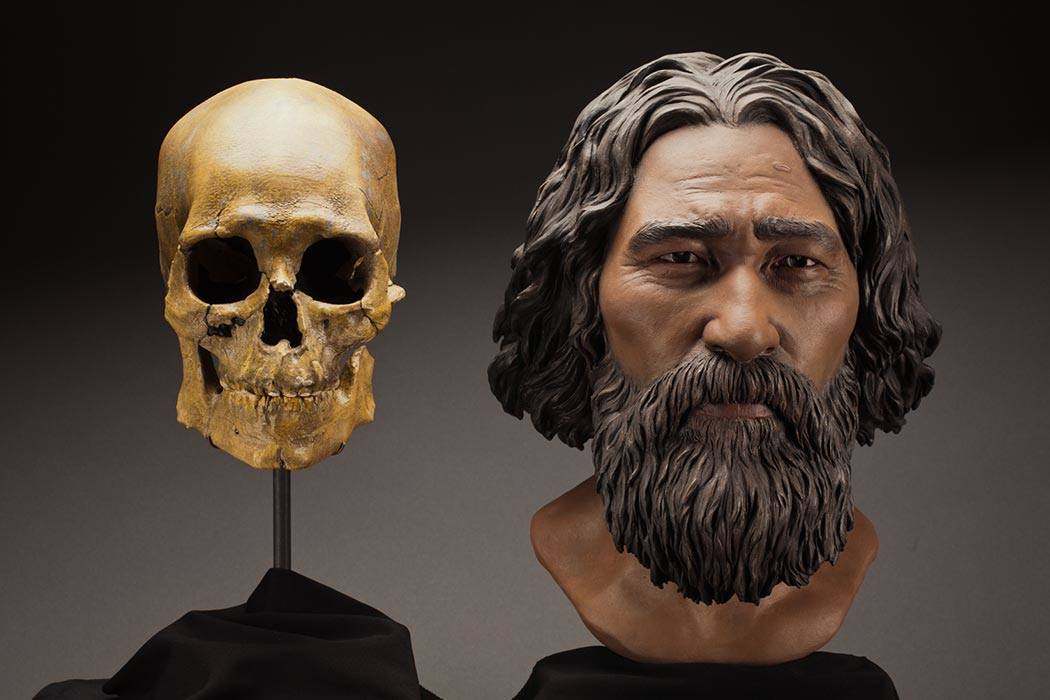Almost 20 years after his unearthing, Kennewick Man’s turbulent history has entered a new phase with the results of a recent DNA analysis published in the journal Nature. For those unfamiliar, Kennewick Man is a set of skeletal remains, somewhere between 8,400 and 8,690 years old, that were discovered in 1996 after they eroded out of the banks of the Columbia River near Kennewick, Washington. The finding spawned a contentious debate between Native American tribes, who want the remains reburied, and anthropologists, who feel the skeleton warrants extensive scientific study.
Soon after the discovery, local Native American tribes claimed ancestry to Kennewick Man and therefore the right to rebury the remains under the Native American Graves Protection and Repatriation Act, or NAGPRA. NAGPRA is a law that, among other things, requires Native American human remains found on federal or tribal land to be repatriated to lineal descendants, and culturally affiliated Native American tribes and native Hawaiian groups. Since its passage in 1990, NAGPRA has attracted both praise and criticism: Some see the law as a way to give Native American tribes more control over ancestral remains, while others view it as a hindrance to archaeological research in the United States.
Kennewick Man was unearthed on federal land managed by the U.S. Army Corps of Engineers. They agreed with the tribes’ claims, halted scientific analysis, and began preparing the skeleton for repatriation. In response, a group of scientists, including renowned anthropologists Douglas Owsley and Richard Jantz, filed a lawsuit against the government stating that the Army Corps of Engineers had failed to prove the relationship of Kennewick Man to modern Native Americans “by a preponderance of the evidence.” In defence of their decision to take the case to court, Owsley and Jantz wrote, “The public has a legitimate interest in this unique discovery, and scientists have a basic responsibility to educate the public. The fields of archaeology and anthropology will be seriously harmed by a lack of access to skeletons of the early occupiers of North America.”
At the time of the lawsuit, technology was not advanced enough to glean meaningful results from Kennewick Man’s degraded DNA, so the courts agreed with the scientists. Scientific study commenced, and a battery of bone scans and skull measurements were taken, some of which suggested that Kennewick Man most closely resembled the Ain—from Asia, near East Russia and Japan—or Polynesians but not present-day Native Americans.
Over the past 10 years, DNA analysis has improved massively, allowing scientists to reexamine Kennewick Man’s genetic material. In their newly published DNA study, scientists sequenced Kennewick Man’s genome and compared it to data collected from other groups around the world. The results are set to reignite the case by showing that contrary to what the skull measurements indicated, Kennewick Man is indeed most closely related to modern Native Americans. It’s likely we haven’t heard the end of this case, but these new results bolster the argument for repatriation and reburial.







